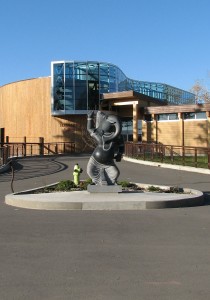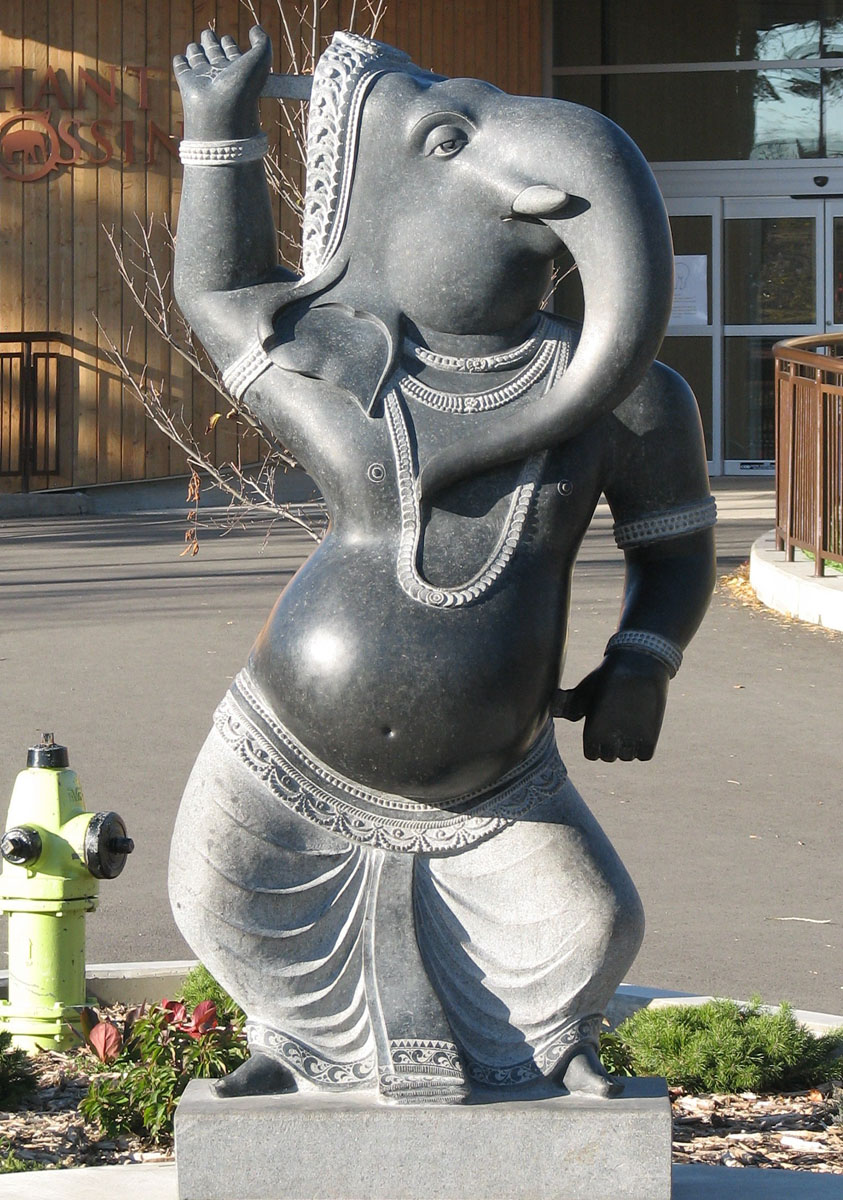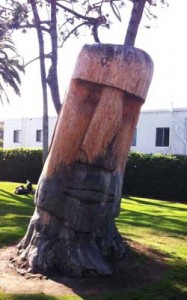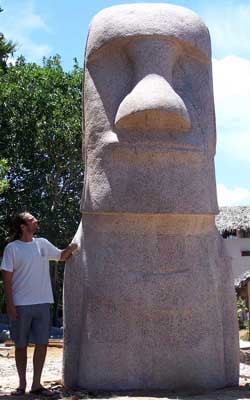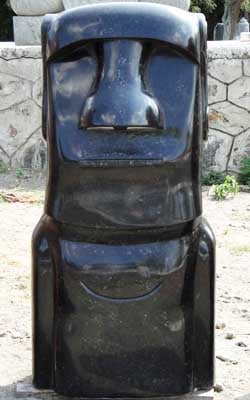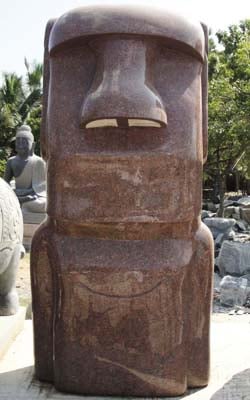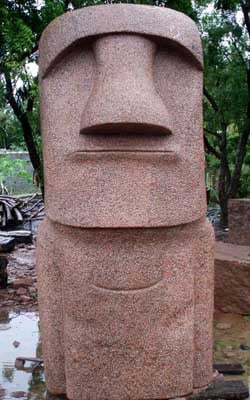The significance of Lord Krishna is that he used his life to explain the great teachings in Upanishads. He taught us to remain neutral, live in the moment and celebrate every day of life.
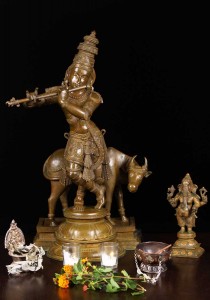
Keeping in mind that Lord Krishna taught us to rise above rituals and take action; the best offering is to perform one’s duty by realizing the Braham within. Janmashtami is a day to reflect, calm the mind and feel a connection with Shri Krishna. Above all, the greatest puja is to read the Bhagavad Gita, sit in silence and contemplate.
- Puja suggestions dedicated to Lord Krishna:Place a Krishna statue and Ganesha statue in a clean, quiet space
- Have a lamp and prepare a plate with flowers, fruits and sweets
- Meditate and pray to Lord Ganesha
- Light the lamp
- Meditate and pray to Lord Krishna
- Offer flowers, specifically tulsi leaves and light incense
- Chant the mantra – “Om Namo Bhagavate Vasudevaya”
- Offer the fruits and sprinkle water on the Lord Krishna sculpture and Lord Ganesha sculpture
- When completed, remove the fruits and offer as Prasad with others
The significance of Lord Krishna is that he used his life to explain the great teachings in Upanishads. He taught us to remain neutral, live in the moment and celebrate every day of life. However you chose to worship, Lord Krishna is happy with any offerings to him in true devotion. View a video of Lord Krishna puja.

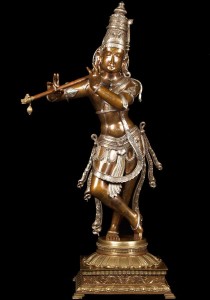
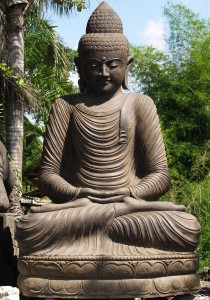 Another step is to plant with odd numbers in your garden to create balance and “yang”. Yang, which refers to the “sunny side”, is a masculine symbol and reflects the sun and day time. Since odd numbers are yang, they are considered auspicious, with a multiple of nine bringing the most positive energy.
Another step is to plant with odd numbers in your garden to create balance and “yang”. Yang, which refers to the “sunny side”, is a masculine symbol and reflects the sun and day time. Since odd numbers are yang, they are considered auspicious, with a multiple of nine bringing the most positive energy.